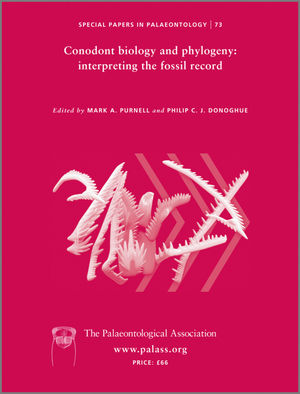Reg. Charity No. 1168330

The different types of elements that occurred together in conodont apparatuses are not recovered from the fossil record in the expected numbers. The causes of this are complex and difficult to study. Numerous complete articulated skeletons of Ozarkodina excavata (Branson and Mehl) have been recovered from the Eramosa Member at Hepworth, Ontario, and as a consequence, several of the potential biases affecting recovery of isolated conodont elements can be ruled out a priori. Based on processing ten replicate samples (‘runs’) of nodular carbonate and bituminous shale, we tested the role of post-mortem compaction, laboratory processing and difficulties in element identification in biasing the expected, or predicted, recovery of apparatus elements.
Although the numbers of different elements of O. excavata reported in the literature do not exhibit as marked a bias as do Late Palaeozoic conodont faunas, they are biased nonetheless. This is also true of elements recovered from the Eramosa Member. In both carbonate and shale samples, P1 and S1 ⁄ 2 elements are significantly under-represented, whereas P2 and S0 elements are significantly over-represented. In the carbonate runs, this bias is a consequence of the difficulties in differentiating between broken remains of morphologically similar elements. When this factor is taken into account in the shale runs, however, the fauna still exhibits significant bias, and we are able to rule out all potential biases except one. Surprisingly, apparent over-representation of P elements and under-representation of S elements can arise as a result of element fragmentation during sediment compaction and diagenesis alone.